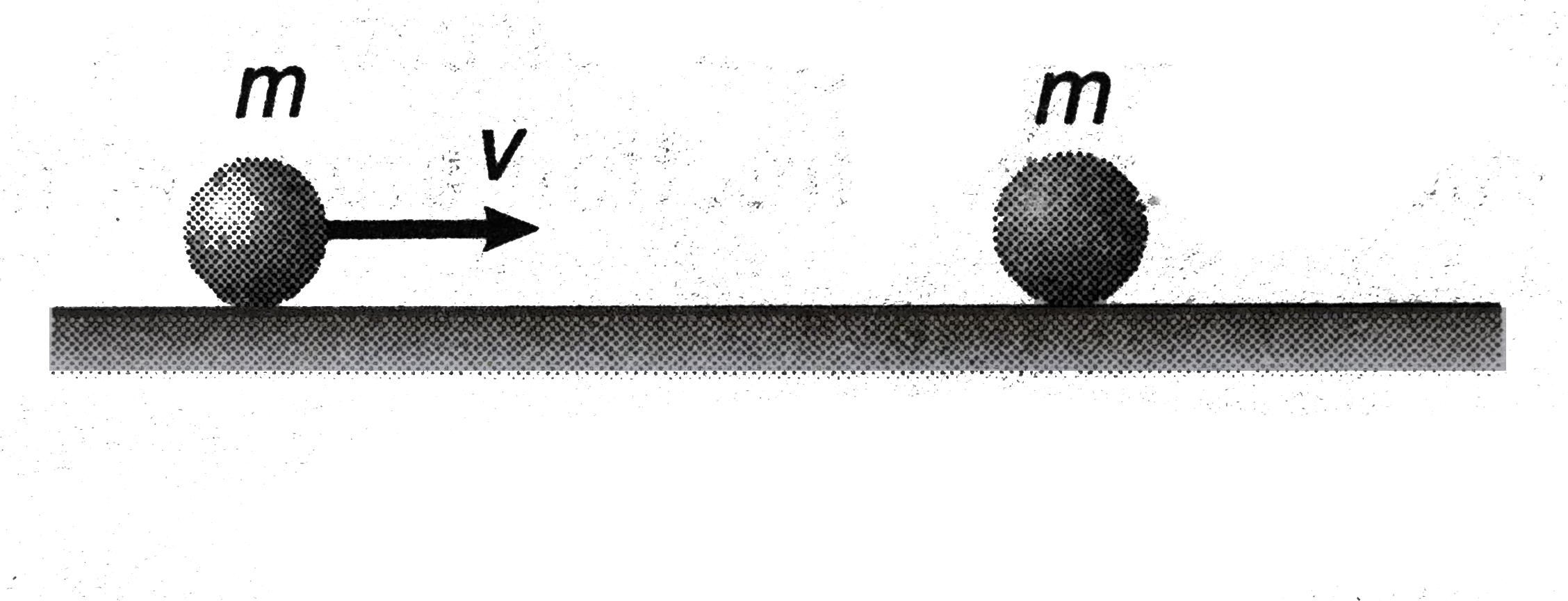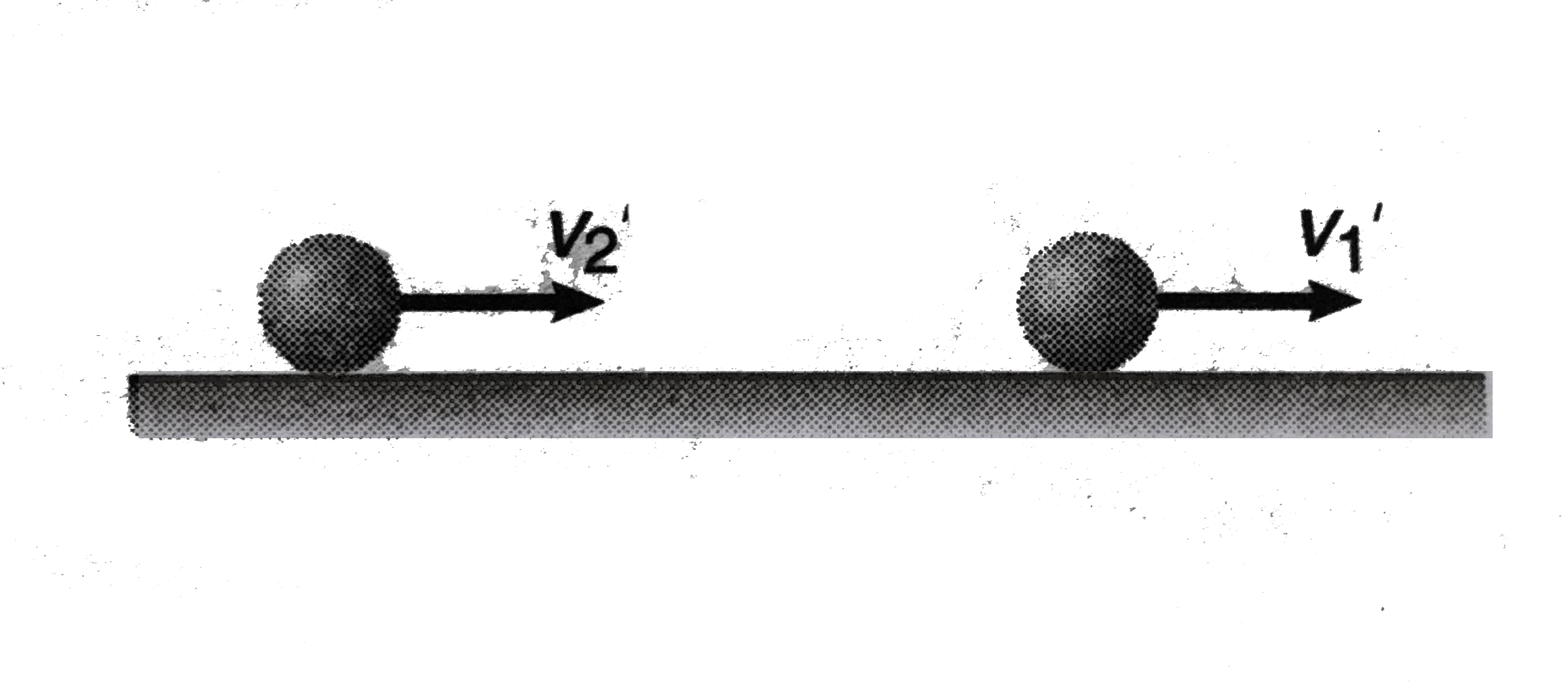Text Solution
Verified by Experts
The correct Answer is:
|
Topper's Solved these Questions
CENTRE OF MASS, LINEAR MOMENTUM AND COLLISION
DC PANDEY|Exercise Solved Examples|13 VideosView PlaylistCENTRE OF MASS, LINEAR MOMENTUM AND COLLISION
DC PANDEY|Exercise Type 1|1 VideosView PlaylistCENTRE OF MASS, IMPULSE AND MOMENTUM
DC PANDEY|Exercise Comprehension type questions|15 VideosView PlaylistCIRCULAR MOTION
DC PANDEY|Exercise Medical entrances s gallery|19 VideosView Playlist
Similar Questions
Explore conceptually related problems
Knowledge Check
A
B
C
D
Submit
A
B
C
D
Submit
A
B
C
D
Submit
Similar Questions
Explore conceptually related problems
DC PANDEY-CENTRE OF MASS, LINEAR MOMENTUM AND COLLISION-Level 2 Subjective
- A ball of mass m moving at a speed v makes a head on inelastic collisi...
06:02
|
Playing Now - A ladder AP of length 5m inclined to a vertical wall is slipping over ...
06:36
|
Play - A ball of negligible size and mass m is given a velocity v0 on the cen...
17:40
|
Play - Two point masses m1 and m2 are connected by a spring of natural length...
11:38
|
Play - A small sphere of radius R is held against the inner surface of larger...
06:09
|
Play - A chain of length l and mass m lies in a pile on the floor. If its end...
07:17
|
Play - (i) O is a fixed peg at a height H above a perfectly inelastic smooth ...
03:51
|
Play - A particle of mass 2m is projected at an angle of 45^@ with horizontal...
06:53
|
Play - A sphere of mass m, impinges obliquely on a sphere, of mass M, which i...
06:11
|
Play - A gun of mass M(including the carriage) fires a shot of mass m. The gu...
06:34
|
Play - A ball is released from rest relative to the elevator at a distance h1...
15:08
|
Play - A planck of mass 5kg is placed on a frictionless horizontal plane. Fur...
05:18
|
Play - To test the manufactured properties of 10N steel balls, each ball is r...
14:38
|
Play - Two particles A and B of equal masses lie close together on a horizont...
06:37
|
Play - A small cube of mass m slides down a circular path of radius R cut int...
05:58
|
Play - A thin hoop of mass M and radius r is placed on a horizontal plane. At...
15:59
|
Play - A shell of mass 1kg is projected with velocity 20m//s at an angle 60^@...
10:03
|
Play - A small ball is projected at an angle alpha between two vertical walls...
07:53
|
Play - Two large rigid vertical walls A and B are parallel to each other and ...
06:43
|
Play - Two blocks of masses 2kg and M are at rest on an inclined plane and ar...
16:38
|
Play - A small block of mass m is placed on top of a smooth hemisphere also o...
14:29
|
Play

